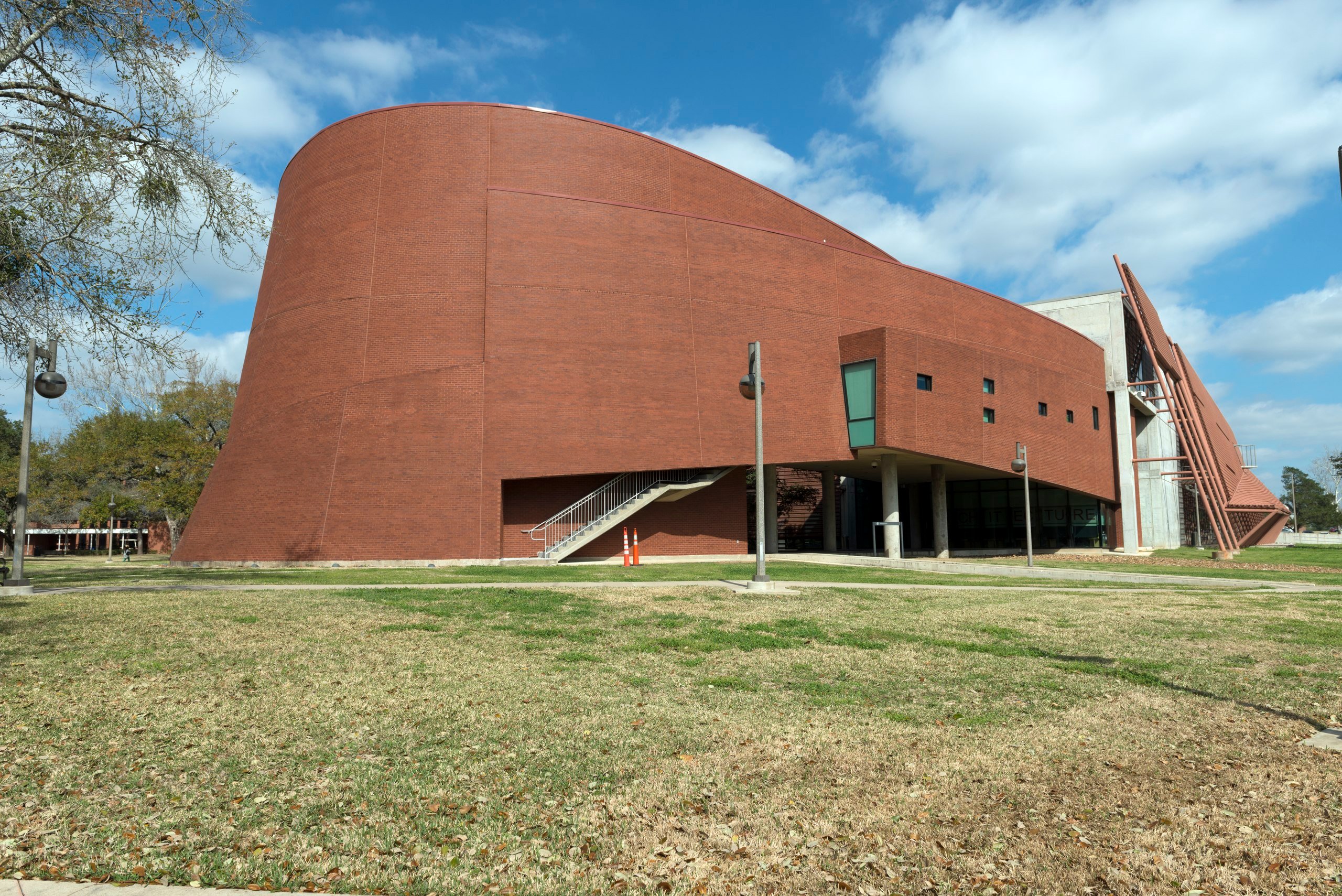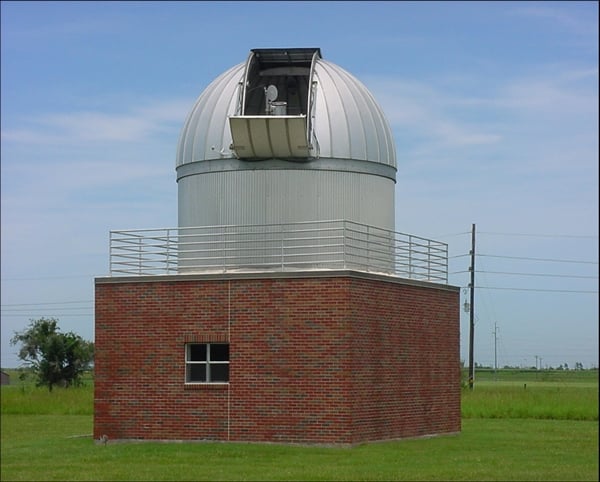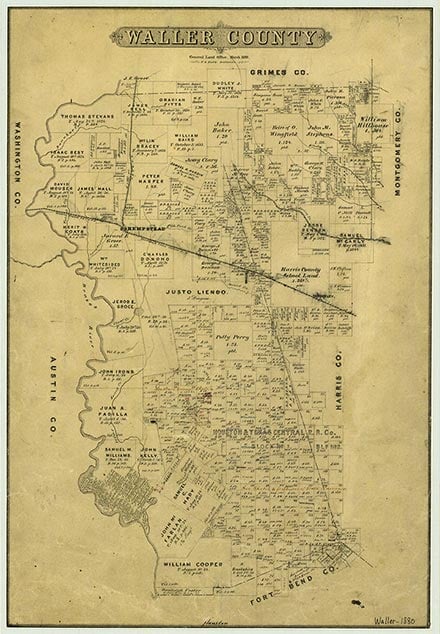Prairie View A&M University

The Nathelyne Archie Kennedy Architecture & Art Building

Dome of the Prairie View Solar Observatory

In 1876 the Fifteenth Texas Legislature, in compliance with the federal Morrill Land-Grant College Act, which provided public lands for the establishment of colleges, authorized an "Agricultural and Mechanical College for the Benefit of Colored Youth" as part of the Agricultural and Mechanical College of Texas (now Texas A&M University). A three-man commission bought Alta Vista Plantation, near Hempstead in Waller County, from Helen Marr Kirby for some $15,000, and commissioner Ashbel Smith turned the school over to the A&M board. Texas A&M president Thomas S. Gathright hired Mississippian L. W. Minor as the first principal, and on March 11, 1878, eight young men enrolled in the short-lived Alta Vista Agricultural College at a tuition of $130 for nine months of instruction, board, and one uniform. Governor O. M. Roberts, A&M board chairman, suggested closing the college in 1879 because of the lack of patronage. But Barnas Sears, an agent for the Peabody Fund, persuaded the Sixteenth Legislature to charter two "normal" schools for the training of teachers, one of which was named Prairie View Normal Institute. The A&M board met at Hempstead in August 1879, established thirteen elementary and secondary subjects, and founded the coeducational institution. Girls were housed in the plantation house now called Kirby Hall, and boys were housed in a combination chapel and dormitory called Pickett Hall. The board hired E. H. Anderson as minister-teacher and his brother Laurine C. Anderson as his assistant. In 1882 a storm took Pickett Hall off its blocks. Worse still, $8,000 in biennium funds ran out, and state comptroller William M. Brown refused to continue paying the school's debts from the university fund, which forced the governor to solicit money from merchants. E. H. Anderson died in 1885, and L. C. Anderson became the principal of Prairie View as the legislature resolved a heated debate in 1887 by adding an agricultural and mechanical department. Academic Hall and an experiment station were thrown in for good measure.
Edward L. Blackshear was appointed principal in 1895, and Booker T. Washington made his first commencement address at Prairie View on June 4, 1897. The Twenty-sixth Legislature designated the school Prairie View State Normal and Industrial College, and Blackshear had three college graduates in 1904. Though greatly admired, Blackshear lost his position in 1915, as a result of prohibition politics and the election of James E. Ferguson as governor. The short principalship of I. M. Terrell, from the Fort Worth public schools, was followed by that of physician J. G. Osborne, a friend and colleague of Texas A&M president William B. Bizzell, who sanctioned Osborne's efforts in nursing, medicine, and veterinary medicine and backed his efforts to improve the standards and level of instruction by finally establishing a four-year college. In 1926 Willette R. Banks came from Texas College in Tyler with the wisdom to seek funding from private philanthropy, the state government, and federal agricultural agencies. Playing power broker between the forces of this "North-South pivot," Banks acquired campus buildings, faculty scholarships, a doubtful "A" rating from the Southern Association of Colleges in 1934, and a graduate school in 1938. Banks also secured law, engineering, pharmacy, and journalism departments which were "substantially equivalent" to those offered at the University of Texas at Austin. Banks, continually frustrated over funding, eventually went to the legislature over A&M budget recommendations, despite warnings, and then announced his retirement in the spring of 1946. The last principal, first dean, and first president of Prairie View A&M was Edward Bertram Evans, an Osborne appointee. He assumed leadership on September 1, 1946. Formerly the state leader of the Cooperative Extension Service, Evans was a veterinarian well-respected by the A&M system and the federal government. During his tenure he promoted and oversaw a multimillion-dollar development project for buildings and dormitories. The Fiftieth Legislature added "Agricultural and Mechanical" to the college's name and funded the replacement of Academic Hall, which had been destroyed by fire in March 1947. By 1950 instructional divisions had become schools, and their heads had become deans. Evans was retained as president for seven years beyond his normal tenure. He later became a consultant for the United Nations in northeast Africa and the Middle East.
George R. Woolfolk | © TSHA

Adapted from the official Handbook of Texas, a state encyclopedia developed by Texas State Historical Association (TSHA). It is an authoritative source of trusted historical records.

- ✅ Adoption Status:
Belongs to
Prairie View A&M University is part of or belongs to the following places:
Date of Founding Notes
Classes first held in 1876 as Alta Vista Agricultural College; as Prairie View State Normal Institute, 1879; as Prairie View Normal and Industrial College; as Prairie View A&M College, 1947, as branch of Texas A&M University System; current name, 1973
People
-
President, Dr. Tomikia P. LeGrande 2023–Present
Currently Exists
Yes
Place type
Prairie View A&M University is classified as a College or University
Tags
External Websites
- Prairie View A&M University (Official Website)
Fall Faculty Count, 2019 View more »
491
Fall Enrollment Count, 2022 View more »
8,998
